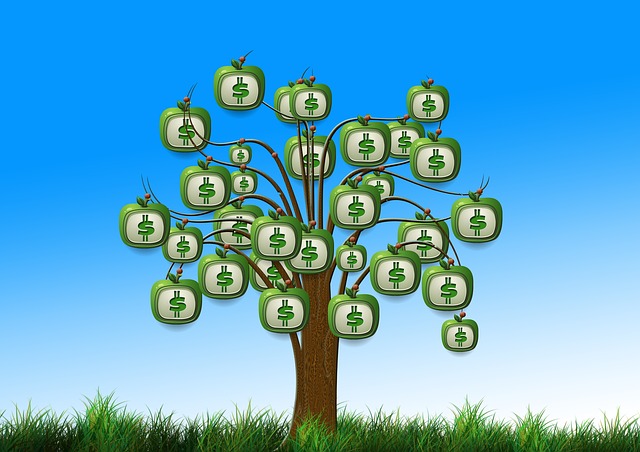
The Board’s (Almost Mandatory) Role in Form 990 Preparation
07.24.2024 | Linda J. Rosenthal, JD

Four years ago, when Hurricanes Harvey and Irma were wreaking havoc on Texas, the Florida Keys, and the northeastern Caribbean, we posted Disaster Relief: An Intro For 501 (c)(3)s and Others (September 21, 2017).
The main references were to the Internal Revenue Service’s 28-page Publication 3833 (Rev. 12-2014), Disaster Relief: Providing Assistance Through Charitable Organizations and the (then current) website entry titled Disaster Relief: Standards for Charities That Provide Relief to Individuals.
While that information remains valid and helpful, the world has changed.
We don’t do disaster relief in 2022 the same way we did in 2017, much less how we did it in 2003 when Publication 3833 was first written.
In the 2017 post, we acknowledged the important impact of “our 24/7 news cycle along with the phenomenon of instant communication via social media as well as the rise of ad hoc fundraising innovations like crowdfunding, ….” No longer, we explained, was a single, well-known agency “like the American Red Cross the only clearinghouse to receive donations and disburse help.”
In the December 2014 update to Publication 3833, federal officials reaffirmed the long-standing principle that “[p]roviding aid to relieve human suffering caused by a natural or civil disaster or an emergency hardship is charity in its most basic form.” Accordingly, they continued to sanction a variety of ways for people to fulfill that charitable instinct. It’s fairly clear reading Pub 3833 that the authors strongly suggest the use of existing and established relief charities to accomplish this philanthropic goal. Nevertheless, there are also instructions on how to create new relief organizations and obtain “expedited” tax-exemption status approval.
While that advice seemed quaint in September 2017, it now sounds unnecessarily complicated and slow.
The COVID-19 pandemic was a sudden disaster on a global scale almost unimaginable previously. Beginning in March 2020, the framework for emergency and disaster relief began a major transformation. The philanthropy world and private citizens nimbly pivoted to “rapid response” mode to meet the unprecedented challenge, benefiting from even greater cable and social media influence than in 2017.
And the public were much more familiar with crowdfunding as a way of moving urgently needed funds.
The disaster relief model is evolving, still.
Philanthropy observers noted a striking move in the past two years to what they call “mutual aid” and “direct giving.” In The Rise Of Mutual Aid Groups During The Pandemic (January 21, 2021) J. Carlisle Larsen, writing for Wisconsin Public Radio explains the phenomenon: “As the COVID-19 pandemic slowed the U.S. economy, there was a rise in the number of mutual aid groups established to meet the needs of people struggling in their communities….”
The Chronicle of Philanthropy ran an important series titled Person to Person: What Nonprofits Need to Know About Direct Giving. “Many donors give directly to people in need, but those contributions don’t show up in traditional measures of generosity. Still, nonprofits need to pay attention. Without understanding the full scope of how and why people give, they may fail to build ties with generous people.”
Among the thought-provoking articles are:
We’re seeing the new paradigm of disaster aid play out in real time right now in the impressive worldwide mobilization of relief assistance for the Ukraine Crisis.
Unless you’ve been hiding in a cave without internet access for the past week, you’ve been bombarded by opportunities to make instantaneous cash donations – (the most useful form of generosity) – to a wide variety of relief-assistance funds administered primarily, though not exclusively, by highly experienced philanthropic organizations.
And ordinary citizens – notably on the Poland-Ukraine border – are mobilizing to open their homes and provide direct in-kind relief to refugees. They are bolstered with funds from crowdfunding appeals that transcend national boundaries. For instance, Chef Jose Andres – who formed a 501(c)(3) called World Central Kitchen a decade ago to replicate his wonderful pop-up food relief model – is now on the scene and able to solicit and receive instant support for this critical service. See @WCKitchen and #ChefsForUkraine.
The advice from our federal officials continues in effect; Publication 3833 has not yet been formally revised. There are, however, two new training modules available online in the popular cartoon-hosted Stay Exempt series.
These slide-show sessions wisely continue to emphasize the preferred model of working with and through established relief organizations. And given the once-again slow-approval times for tax-exemption applications – (the fault mainly of Congressional budget cuts coupled with the pandemic conditions) – this is good advice.
But the philanthropy world nevertheless needs to pay close attention to the rapid metamorphosis of disaster relief – and keep up with it.
– Linda J. Rosenthal, J.D., FPLG Information & Research Director
